Posts Tagged ‘river’
{{start}}
{{end}}

{{+1}}Geehi beetle{{-1}}
{{start}}
One of the key elements of this fly that has been overlooked in many fly patterns I have seen id the choice of the front hackle. Make sure its a 'cocky-y-bonddu' type hackle i.e. a ginger hackle with a black centre. The black centre of the hackle when wound in touching turns to the eye of the hook extends the beetle body along the full length of the shank of the hook and I an confident that is one of the keys to the success of this fly.{{end}}
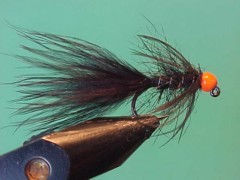
{{+1}}River Jig Bugger – CDC orange TBH and black{{-1}}
{{start}}
This is really good representation of a woolly bugger for river fishing. It sinks well and the jig hook encourages the fly to bounce along the bottom hook point up which of course mitigates snags. Whilst I have set the recipe out below for the brown, black and olive jig buggers I also tie my sparkle bugger and skirted buggers in the form of a jig bugger as shown in the photos below.{{end}}
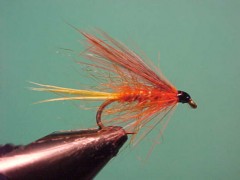
{{+1}}Dunkeld – Chatto’s fuzzeled variant{{-1}}
{{start}}
The Dunkeld is certainly one of my top 5 middle dropper flies for lock style fly fishing. Until 18 months ago I was using a version of the Dunkeld that had a hackle Palmered along the body as in the original. At that time I was experimenting with "fuzzeled" bodies an an alternative to bodies with a Palmered hackle and applied that technique to this fly with immediate success.{{end}}
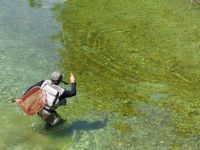
{{+1}}Rivers – French leader / longer leader set up{{-1}}
{{start}}
"French leader" or often called "French Roll Casting" came to my attention in 2009 through the competition sports fly fishing scene. At that stage I was president of Fly Fish Australia and also had the honour on being on one of its international representative teams. This technique was all the buzz and to those that had the opportunity to embrace it the technique was fantastic in the right water.{{end}}
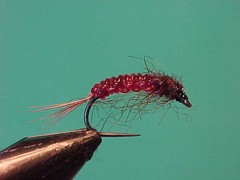
{{+1}}Flat knitted nymph{{-1}}
{{start}}
Because the nymphs of many mayflies and caddis spend a good part of their life cycle living under rocks in both still and running water its not surprising that many have taken on a relatively flat form. This knitted grub has a relatively flat body mimicking many of the naturals and also has plenty of structure on the body suggesting the various body segments.{{end}}
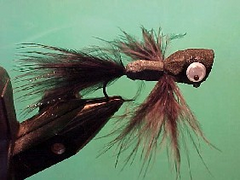
{{+1}}Guppy{{-1}}
{{start}}
. When bass are feeding on big insects like Cicadas and Hoppers that crash onto the water they also become susceptible to flies like poppers, and yes guppies, cast around their structure. At other times they just have a whack at them because there intruding into their domain. In either case the strikes and hook ups can be spectacular. They may be big in overall size but they do account for many a big bass.{{end}}
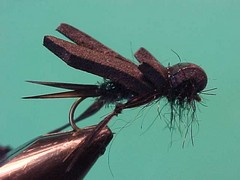
{{+1}}Foam cricket{{-1}}
{{start}}
If you fish fast water and need a very buoyant hopper or a buoyant fly to support a nymph try this one. Trout love crickets probably because that represent a pretty big serve of protein.{{end}}
{{+1}}Rivers – my one rod set up in 2012{{-1}}
{{start}}
My compromise set up for rivers involves replacing the Camou leader from the French leader set up with a clear floating line and the long yellow indicator with a bright braided loop on the end of the fly line.{{end}}
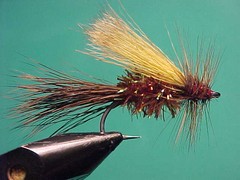
{{+1}}Bass stimulator – Chatto’s tie{{-1}}
{{start}}
For a long time I simply sized up my trout stimulator and used them on bass unfortunately they just didn't offer bass a big enough morsel and even though they were bigger than anything I would use for trout they still landed too softly ... not announcing their presence to the bass. A while back I got round to addressing the problems and after a reasonable amount of experimentation came up with this version of a stimulator which ticks all the boxes.{{end}}
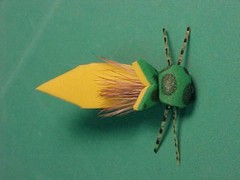
{{+1}}Bass foam hopper{{-1}}
{{start}}
When I converted my trout foam hopper for use as a bass and tropical fly fishing I added a sparkle chenille under-body and grossed it up dramatically so that it would withstand the aggressive nature of fish like Australian bass and tropical species such as mangrove jack.{{end}}













